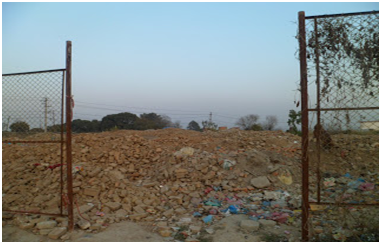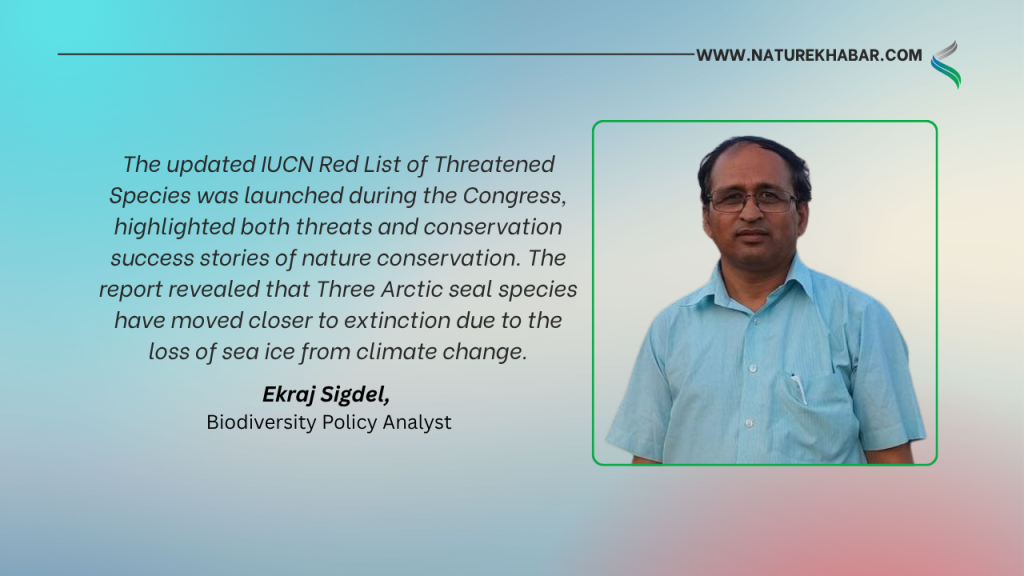Disaster waste management in Nepal


Nepal a Himalayan country which is count in one of the most vulnerable in the world in term of natural disaster. Rugged topography, high reef, active tectonic process and intense monsoon rain has made this fragile environment vulnerable to varieties of hazards and disasters. And when we talk about disaster, the waste generated during disaster is causing the serious trouble in our harmony.
Disaster waste is a well-recognized threat to health, safety and the environment, and can also be a major impediment to post-disaster rescue operations. In 2015, devastating earthquake of 7.8 richter scale left behind nearly 10 million tons of waste from 14 earthquake affected district and 4 million tons from Kathmandu valley alone i.e. equal to waste generation in coming 11 year and also according to PDNA reports, the temporary shelters in Kathmandu valley generated an estimate of 12% increment plastic waste. These disaster wastes hold construction and demolition materials, hazardous waste, soil and rock materials, vegetation and so on. But we can still see these waste dumped in the public places.
In Nepal, not any legal provisions including Solid Waste Management (SWM) Act 2011 speaks about disaster waste management. None of the government institution is working on disaster waste. There are no clear roles and responsibilities on government institutions in term of disaster waste management. Also we lack in knowledge and technology on converting disaster waste into useful products that are more environmentally friendly and socially acceptable.
In Nepal disaster related issues like declaring emergency, relief rehabilitation works are comes under Ministry of home affairs and solid waste technical support center (SWMTSC) handles the municipal solid waste. Due to the limited financial resources, insufficient equipments, and untrained human resources, SWMTSC also are not capable in handling the huge amount of disaster waste generated. So, who will take the responsibility of waste that accumulates in huge quantity in short duration? And are we prepared to tackle this issue in future incidents? And the answer is NO. When we observe the ground reality, disaster waste has resulted serious problems affecting the daily activities of the people. The disaster waste dumped near the road and open places creating disturbance to the pedestrians and also has increased the air pollution level causing respiratory diseases and contaminating water resources. Many hospitals, industries, laboratories were collapsed during earthquake and their debris containing hazardous chemicals like mercury, lead, paints etc were found dumped near river and land filling purpose without any proper segregation which may pollute the ground water through chemical leaching. As a result severely affecting the health and biodiversity that we live in.
So there is an urgent need to formulate a holistic waste management policy and strategy incorporating the disaster waste management issues. Clear defined roles and responsibilities should be made in order to address this issue in short duration. There is need for technology to address the waste issues and trained human resources are vital. Awareness in building code is essential in local level in order to build safe buildings to decrease waste generation and less human casualty. Empowering government and community on 3R principal and involving private and local sector in waste management helps in achieving our goals in proper disaster waste management.
(Basel is a Student of Masters fourth semester in Environmental science in Central Department of Environmental Science and also works as researcher in LEAD NEPAL)

 Ramesh Basel
Ramesh Basel




Feedback